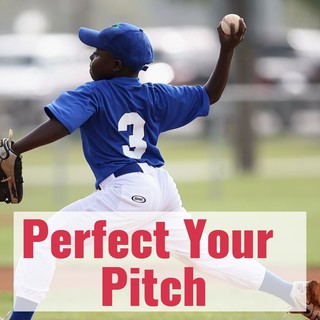In today’s world, this type of fundraiser is unique and rarely done. These events seem to have fallen out of style in favor of larger gala events. Many organizations view house party fundraisers as an old-school fundraising method. Despite this popular opinion, these fundraisers are still highly successful when done properly.
Why incorporate house parties into your nonprofit’s fundraising strategy?
There are a couple of reasons why your nonprofit may want to consider including house parties as part of your larger fundraising strategy. Practically speaking, this type of fundraiser costs your organization very little in terms of time and dollars. Much of the work falls on the shoulders of the major donor or board member whom you ask to host the event. This relative hands-off approach makes house parties an excellent choice for nonprofits who are already stretched thin.
Smaller events like this are amazing for donor cultivation. At a large gala you will have hundreds of guests in attendance, but at a more intimate house party you may have only twenty or thirty. This makes house parties great opportunities to really get to know your donors. You, or representatives of your nonprofit, can really sit down and talk with them. As you know, strong donor relationships are at the core of any fundraising plan. House parties are an excellent way to build relationships and foster long-term generosity. House party fundraisers are also highly targeted. The attendees at these events know exactly why they have been invited and what is expected of them. Often it's a less stressful environment because it's a small group of people. It is also less formal and shorter than many other events. A new donor may be more comfortable in this environment than at a huge gala where they may not know anyone and may have a hard time networking.
What does a house party fundraiser look and feel like for your donors?
The house party fundraiser involves asking either a major donor or a board member to host an intimate gathering at their home. The host will provide food, drinks, and some type of entertainment for the evening or lunch. Reaching out to a donor with a unique home or garden can be a big draw for the event. People love getting an inside look at unique and fabulous homes. It can also encourage invitees to commit to attending your event and make the evening feel special.
All event attendees should come to the event prepared for your ask. Do not keep this part of the evening a surprise. Make sure it is part of the invitation and language promoting the event. All house parties do not have to be fundraisers. They can simply be informational introductions to the staff who will follow up with your donors later.
The majority of the event is schmoozing, networking, and chatting. This is typically followed by a formal presentation. This is a presentation that you and your team have planned ahead of time. The presentation is followed by a call to action.
This call to action can take many forms:
- An ask for donations
- An invitation to another event
- A request that attendees lobby on behalf of the organization
- An invitation to a meeting with staff from the organization
Think outside the box and choose a call to action that fits your nonprofit’s specific needs.

Your host must be willing to get their hands dirty organizing the event. They should be willing to use their home or other property as the venue. They need to be willing to invite their friends, and they need to be upfront about the purpose of the evening. They should be prepared to cover the costs of the evening, and to make an additional donation to your organization. They should believe in the work your nonprofit is doing. They should be committed to following up with attendees after the event, thanking them for their time and expressing gratitude on behalf of your nonprofit organization.
Not every host is self-motivated enough to pull off an event like this. If your host is not 100% on board, your event will not be a success.
Likewise, you need to be comfortable being incredibly frank with your host. They need to know, in no uncertain terms, what is expected of them and that you will be asking people for money. If your host is uncomfortable with the process, it is not going to be a success.

Part of the allure of these events is the location. Your host should have access to a stunning home or property at which the event will take place.

Generally, the invite list for this type of event includes a mix of guests; people who are already on your donor rolls, friends of the host, and a small handful of people representing your nonprofit. When deciding who to invite, keep in mind that not everyone will attend.
In general, you will want to invite AT LEAST three to four times as many people as you expect to attend.

Over the course of the evening your nonprofit will give a presentation, sometimes with a video component. The CEO or other representative will give a short talk about the work your organization does in the community. This pitch serves the same purpose as any other appeal; to form that all important emotional connection between your donors and your organization. At the end of this presentation your nonprofit representatives will deliver your call to action.

At the end of the evening the nonprofit representatives should thank each guest personally for attending. Thank your host as well. After all, you could not have done it without them. Don’t forget to have the host send thank you cards, or follow-up with a phone call in the days immediately following the event. Use this time to thank the guests for coming and for being generous with their donations.
Abra is a member of the National Auctioneers Association and is one of 28 people in California to have their Benefit Auction Specialist designation. A gifted public speaker, she regularly conducts workshops on fundraising auctions, and is a sought-after speaker at fundraising events both locally and nationally as well as an active participant in the Association of Fundraising Professionals.


 RSS Feed
RSS Feed